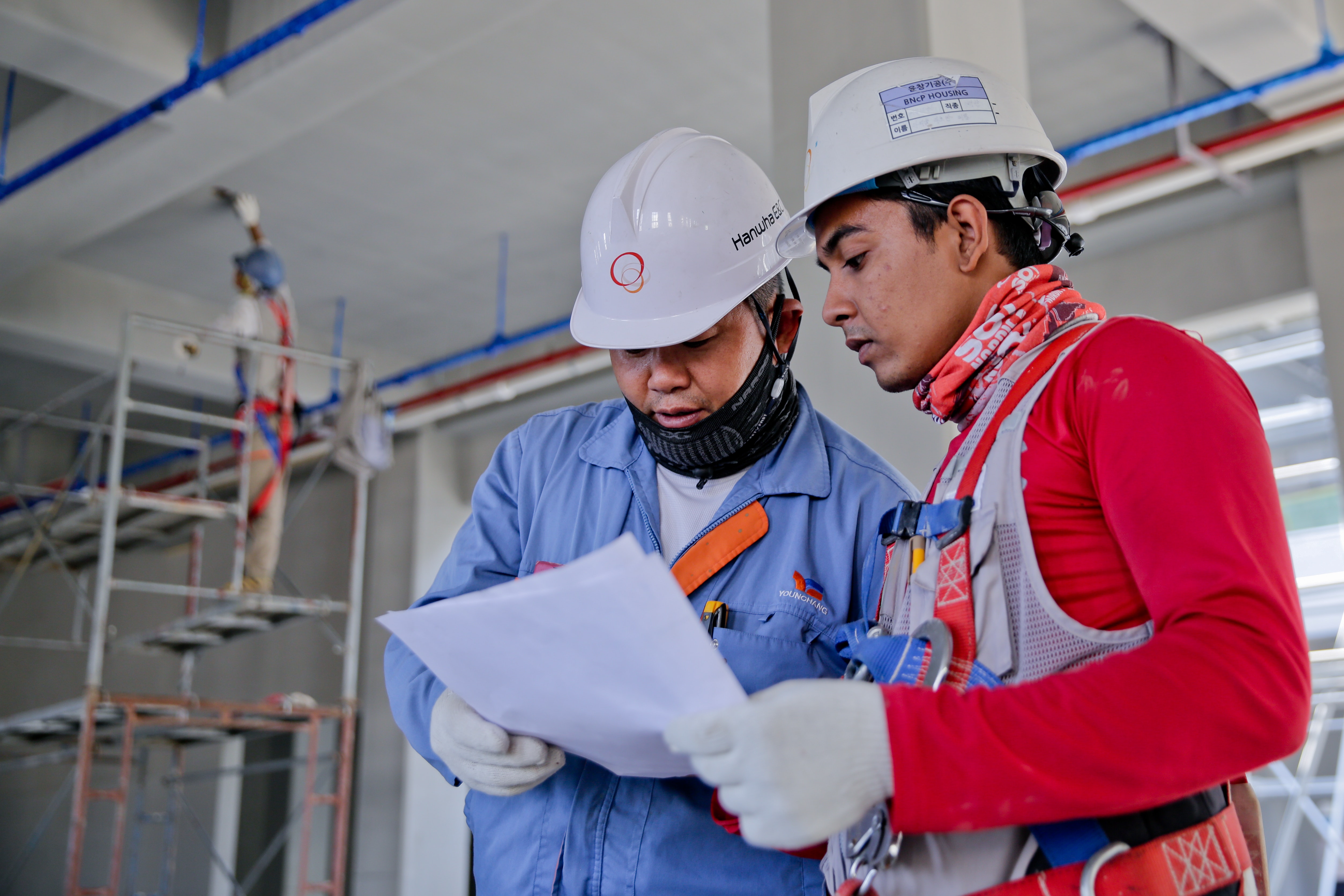Upskilling is Key to Accelerating the Economic Recovery

Income mobility is on the rise according to the U.S. Census Bureau. After stagnating for nearly two decades, the incomes of ordinary American households are finally picking up.
Of course, these numbers deserve context. Wages and incomes fell so far during the Great Recession that median household income, as measured by the Census Bureau, is today still barely above the level it had reached in 1999, the end of the roaring 90s.
Since the median household is at the very center of income distribution, this means that the long-suffering middle class has finally made a bit of progress in the past two years. And in a break with recent history, some of the biggest gains in percentage terms were enjoyed by groups that have long seen their incomes lag. Among African-American households, for example, median income rose last year by 10 percent, and among Hispanic-American households, it rose by close to 11 percent.
While the income growth of the last two years is impressive, it is important – no matter what happens in today’s election – to keep the momentum going. As we all have seen in the monthly jobs’ reports issued by the Department of Labor, overall job numbers are increasing, and unemployment is remaining low by historical standards—both good indicators.
Indeed, with the unemployment rate now so low, full-time jobs are easier to find. And to keep their employees and attract new ones, all businesses must try harder.
Take manufacturing for instance. As manufacturing adopts more advanced technologies, the need to recruit new talent – and upskill existing workers – is intensifying. Globally, the industrial control and factory automation market is forecast to reach over $200 billion by 2020. Such growth is likely in large part due to the proliferation of robotics, machine-to-machine communication, and the industrial Internet.
Many manufacturers are looking to ensure that their workforce possesses the digital IQ and know-how to exploit new and emerging technologies. While some manufacturers are training in-house, a growing number are funding education and skills training outside the company.
Despite this recent good news on income growth, let’s not lose sight of the fact that we are nowhere near curing the plague of stagnant wages and rising inequality. Sadly, we have been working on this problem as a nation for quite some time. Speaking at the Economic Club of New York on December 14, 1962, President John F. Kennedy said: “We can and must improve American education and technical training, or one of the great bottlenecks for this country’s economic growth in this decade will be a great demand for and an undersupply of highly trained manpower.”
It’s nearly 56 years later and we have yet to fulfill the charge that President Kennedy put before our predecessors. It’s time for us – all of us – to finish the job of upskilling America.
NOTE: Boyle Public Affairs represents several clients dedicated to upskilling adult learners, including Rebuilding America’s Middle Class: A Coalition of Community Colleges.
